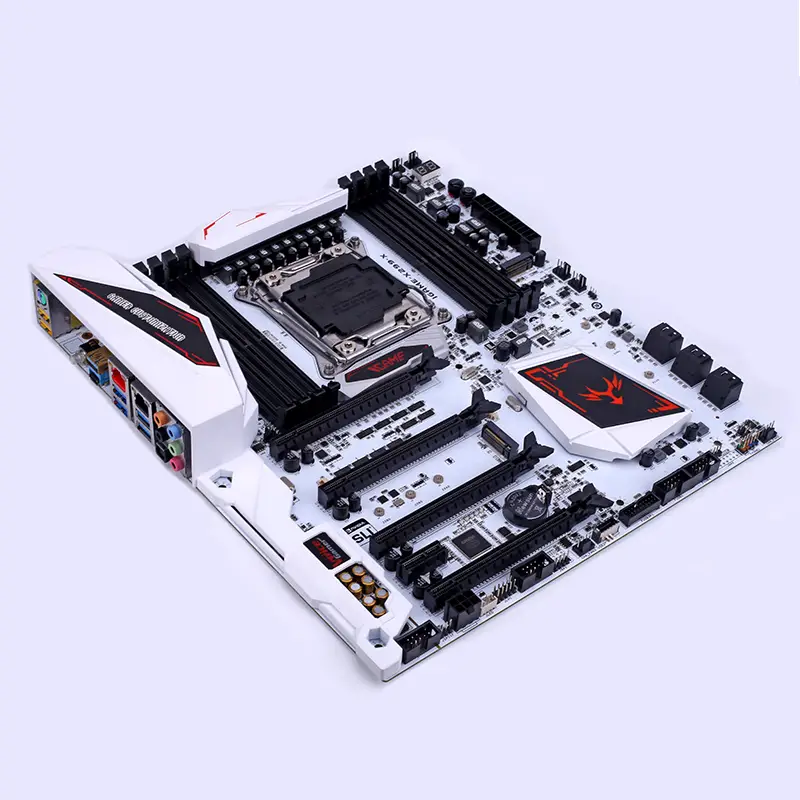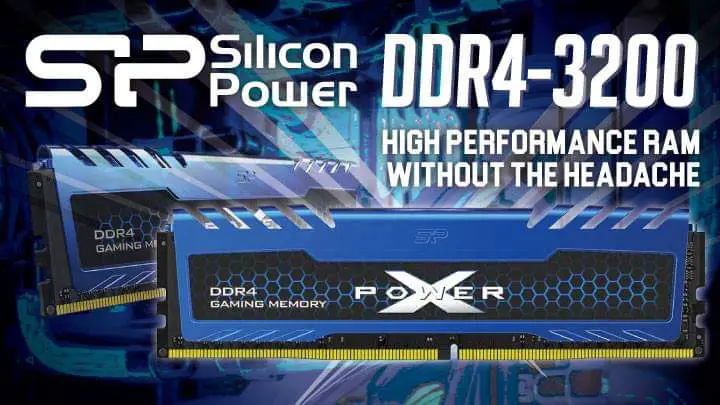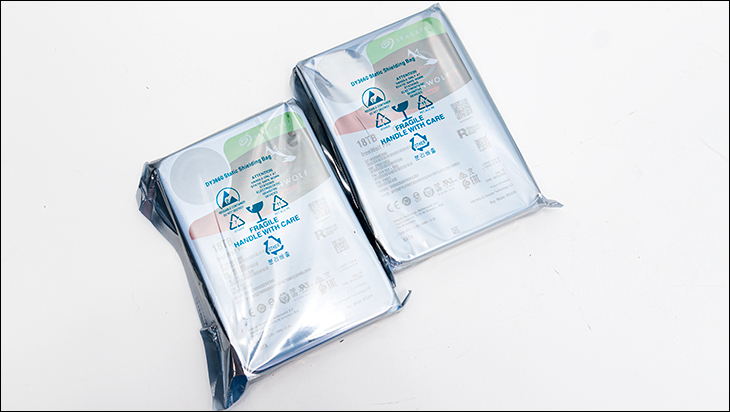
As we made mention in the introduction, those who have come to expect massive, ‘sea change’ levels of improvements every generation… may be a bit disappointed with the new IronWolf Pro 18TB. This new mega-capacity model not only uses basically the same PCB, but the components housed on said PCB are also basically carried over from the previous 16TB capacity model generation.. That is to say, excellent, but there has not been a massive increase in say computational performance via a beefier main controller. The same is true of the anti-vibration sensors and other odds ‘n’ sods that make an IronWolf Pro suited to professional’s interested in array density and performance.
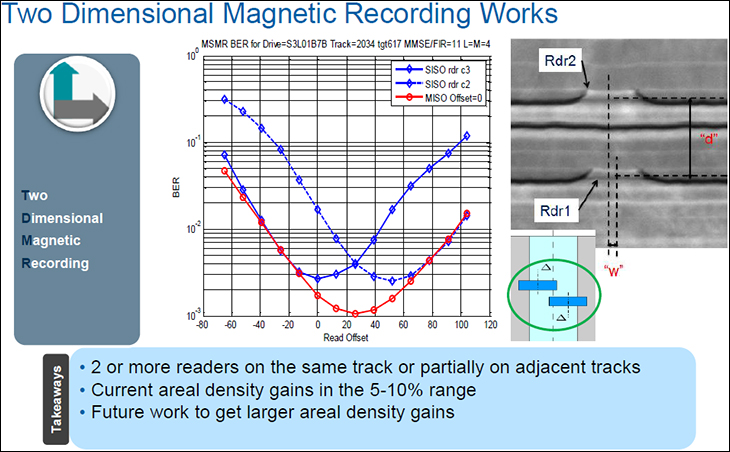
Internally the same is also true, with (basically) the same read/write hardware carried over from the 16TB capacity model. This actually is a bit surprising as the bit density has been noticeably increased… and thus the bit size has decreased. The smaller the bits, the smaller the margin of error… and the higher the chances of ECC being needed to confirm if a given bit was a 1 or 0. This was an issue with the lower 1.8(ish)TB platter technology and why Seagate introduced Two-Dimensional Magnetic Recording (TDMR) technology. With that introduction they converted from a single r/w head per side of platter to a dual r/w head configuration with a ‘detector’ signal processor in between the main drive controller and the read/write heads.
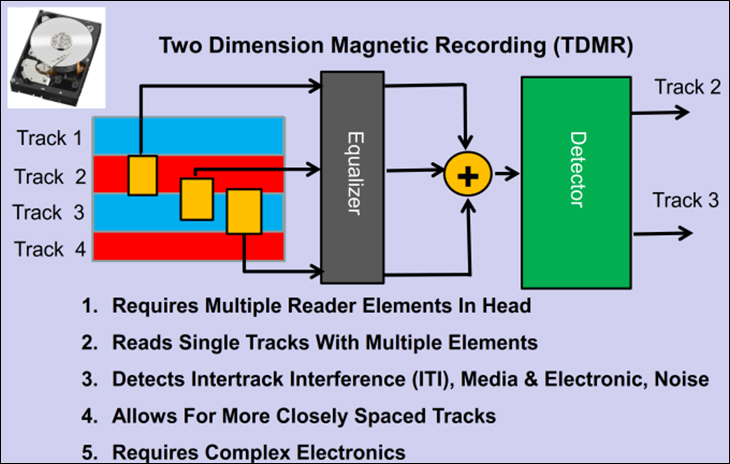
As we have gone over in the past, by using multiple read heads per reader the uncorrectable read error rates are held in check. This is because the two heads are slightly offset with one read head over the central track being read and partially over the track ‘above’ it, and the second read head offset so it is mainly on the central track and the one ‘below’ it. This allows for a more sensitive read on a given bit, allows for eliminating the interference from the bits surrounding the actual bit being read, and generally improves the signal to noise ratio. It also gives the drive controller two chances of reading the bit properly for a single pass. Obviously, a dual headed TDMR configuration is still more than good enough to deal with the increase in bit density that 2TB platter’s bring to the table. It just is unexpected and we would have bet money that ‘gen 1’ TDMR would have been replaced with ‘gen 2’ TDMR. TDMR using even more heads for even greater levels of precision and signal processing. Though to be fair it is probably more apt to describe it as ‘gen 1.5’ as low-level algorithm improvements have been baked in to the firmware (more on this in a moment).

Also the same, is the work load rating (300TB per year), MTBF (1.2M), and maximum non-recoverable read error rating of 1 per 10E15 bits (aka 1.25 Petabytes) read. These are all still good numbers, but it does mean a 11.11 percent decrease in number of full drive reads before an error may occur, and a 11.11 percent decrease in number of full drive writes per year. Does any of this matter when talking about one, two or even eight drives in a single system? Probably not… but it will be eye-brow raising for professional’s in SMB environments and a wee bit more concerning for enterprise IT staff. When dealing with ultraconservative professional’s any decrease from one generation to the next is by very definition a Bad Thing™.
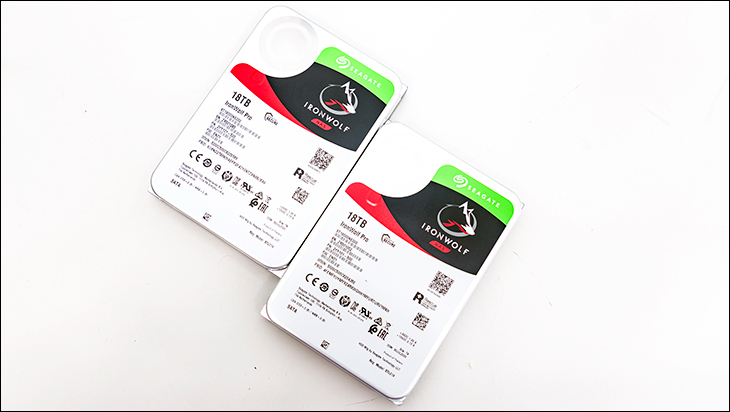
It really does appear that the new 2TB platter tech was ready for prime-time before expected, and well before the expected upgraded components were also ready… with those ‘expected’ upgraded components being pushed to the next generation while the 2TB platter tech went live for this generation. This new platter tech is also probably only available in limited quantities. We say this as both theories neatly explain why Seagate is only bestowing this new, denser platter tech upon the 18TB capacity version and only the 18TB capacity version of their Pro variant IronWolf (though Exos and SyHawk AI will be getting it “Any Day Now™”). So, for now, if you want the latest and greatest… the standard IronWolf’s are not even in the running. Furthermore, Seagate is not in a hurry to refresh the smaller capacity IronWolf Pro’s. So the 16…14…12…10’s will not offer it either. For now. In the (near) future that probably will change as Seagate ramps up production and converts over from the 1.8(ish) platter making tech to this newer, denser tech. It just will take time, and in the meantime helps the 18TB capacity IronWolf Pro distinguish itself from the other variants. Recycling of hardware components or not.
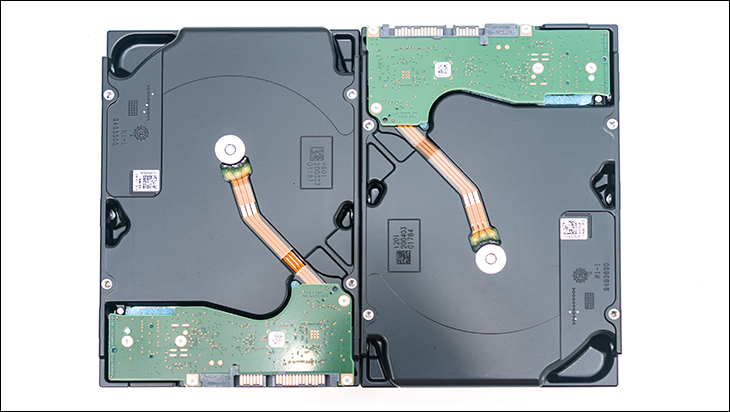
Thankfully, and not really mentioned in the product literature is a few key upgrades that do go along with that self-same hardware re-use. Namely firmware improvements. Seagate uses a multiple team setup for their firmware development. With (at least) one team working on the ‘latest’ generation and the other working on the next generation. As more and more data / feedback pours in on the existing generation this data is pushed upstream to help further improve the next generation. For example, you will see better drive write optimizations where the drive wastes less time (and energy) in needless arm movements. Instead, when under heavy loads, the data is better organized so that the drive arm only moves as it has to, but moves in a more consistent / constant motion. This in turn not only reduces electricity (and heat) waste, it also improves overall write performance… especially when combined with a 11.11 percent decrease in bit size. Remember, the rotational velocity may be the same… but the heads are covering more bits per time slice.
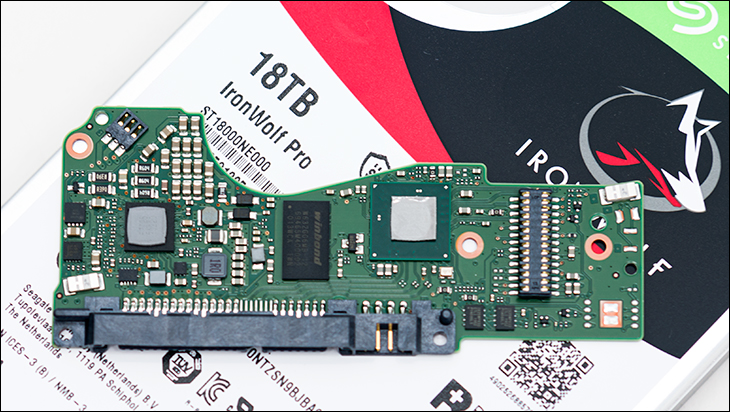
On the read side of the equation we also saw obvious signs of improvements to the (already) scary smart Multi-Tier Caching algorithms, with a noticeable improvement in successful cache hits. This in conjunction with slightly more emphasis being placed on lower queue depth performance means that the IronWolf Pro 18TB is even faster at read performance… and out and out smokes smaller capacity versions in the real world. In testing we actually saw peaks well above its 260MB/s rating, and when filled to capacity it stay above 122Mb/s. To put that in perspective, a single IronWolf Pro 18TB can now basically saturate a 1GbE bus’s real-world bandwidth… even when full. That is impressive to say the least.




